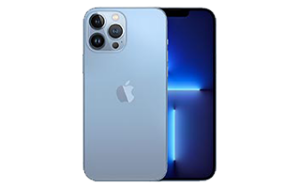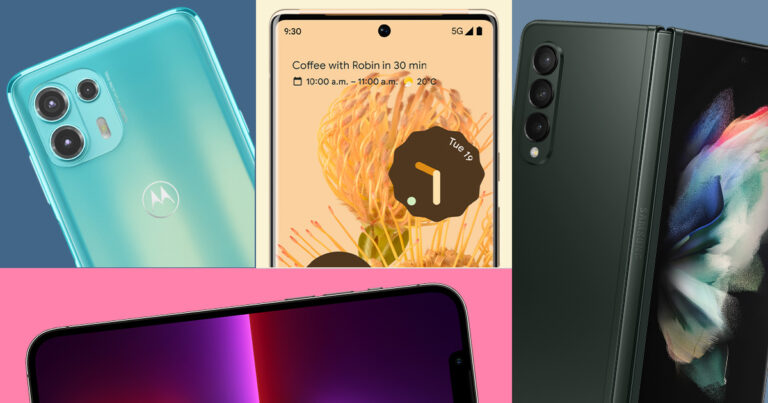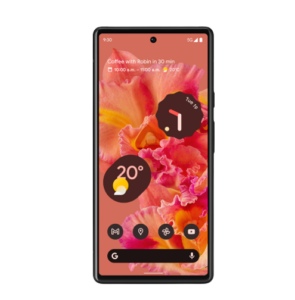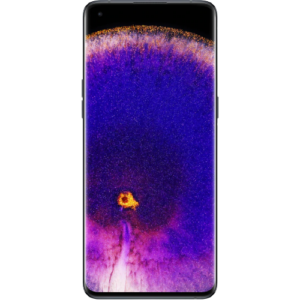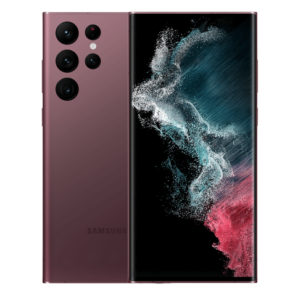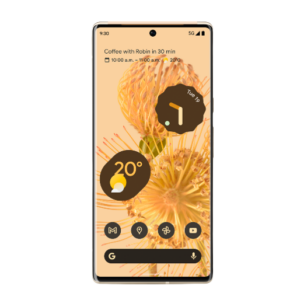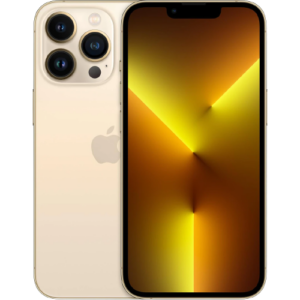Optus Mobile Review ALDI Mobile Review Amaysim Mobile Review Belong Mobile Review Circles.Life Review Vodafone Mobile Review Woolworths Mobile Review Felix Mobile Review Best iPhone Plans Best Family Mobile Plans Best Budget Smartphones Best Prepaid Plans Best SIM-Only Plans Best Plans For Kids And Teens Best Cheap Mobile Plans Telstra vs Optus Mobile Optus NBN Review Belong NBN Review Vodafone NBN Review Superloop NBN Review Aussie BB NBN Review iiNet NBN Review MyRepublic NBN Review TPG NBN Review Best NBN Satellite Plans Best NBN Alternatives Best NBN Providers Best Home Wireless Plans What is a Good NBN Speed? Test NBN Speed How to speed up your internet Optus vs Telstra Broadband ExpressVPN Review CyberGhost VPN Review NordVPN Review PureVPN Review Norton Secure VPN Review IPVanish VPN Review Windscribe VPN Review Hotspot Shield VPN Review Best cheap VPN services Best VPN for streaming Best VPNs for gaming What is a VPN? VPNs for ad-blocking There’s usually a fingerprint sensor built into the screen, and a notch of one shape or another. The charging ports usually hang out at the bottom-most end, while the power and volume keys are squeeze in on the edges. All this is to say that the more money you spend on your next phone, the more likely it is that it will have all the same bells and whistles as its competitors. That said, there’s one big exception to this: the camera. For countless consumers, cameras have become not only the key point of difference between devices but also a reason to upgrade every few years. A better camera doesn’t necessarily mean a better or bigger social presence, but it doesn’t hurt either. With that in mind, we’ve rounded up the best smartphone cameras available in Australia. If you’re looking to hone in on the hardware that’ll best serve your TikTok or Instagram ambitions, the list below should serve you nicely. Given the bigger battery afforded by the larger size seen on the iPhone 13 Pro Max, we’ve chosen to give it the edge when it comes to the question of which has the better smartphone camera. Not having to worry about battery life can make longer shoots much more bearable, particularly if you’re looking to capture lots of high resolution video content. Relative to the alternatives, the main camera features you’re missing out on here are the flexibility of a telephoto lens and the niche appeal of a macro lens. Still, when it comes to portrait, everyday and night photography, the Pixel 6 is more than capable of delivering exceptional results. While it doesn’t have the periscope-powered zoom of the Find X2 Pro nor the novelty of the Find X3 Pro’s microscope lens, the addition of Oppo’s own MariSilicon image processor makes for a powerful points of difference against the Android-based competition offered by Samsung and co. Check out the widget below for a round-up of the most popular plans for the device. Add to that a sleeker refreshed design and the return of the S-Pen stylus as an integrated accessory rather than an add-on here, and you’ve got a recipe for a device that looms tall as Samsung’s best smartphone of 2022. Fidelity is our shorthand for the level of detail and data that a smartphone camera can capture. The number of megapixels isn’t the only number that matters here, but it’s usually a good place to start. Flexibility, on the other hand, refers to the amount of situational versatility that the hardware on a given device is designed to have. Simply put, the more lenses, the better. Having the ability to shoot in lossless zoom or get up close and personal with a dedicated ultrawide or macro lens adds usability that devices without those parts can’t match. Finally, the features score given to each device denotes how much time and effort a manufacturer has put into the software side of the experience. Basically: are there features built into the camera app here that add extra value or utility for consumers? At the most basic level, cameras use a sensor to capture light. The bigger the sensor, the more data that can be captured. This mechanic is more-or-less the same across both traditional DSLR or more modern mirrorless cameras and their mobile-based counterparts. However, there is such a thing as too much data. The more data that has to be captured on the sensor, the harder the rest of the camera has to work to process and handle that data. A significant disconnect between the amount of data that a camera sensor can capture and the speed of a processor a smartphone can sometimes result in a pretty laggy experience. What’s more, the benefits of that larger sensor are only really going to be felt if you’re looking to take those images and either blow them up or print them.
